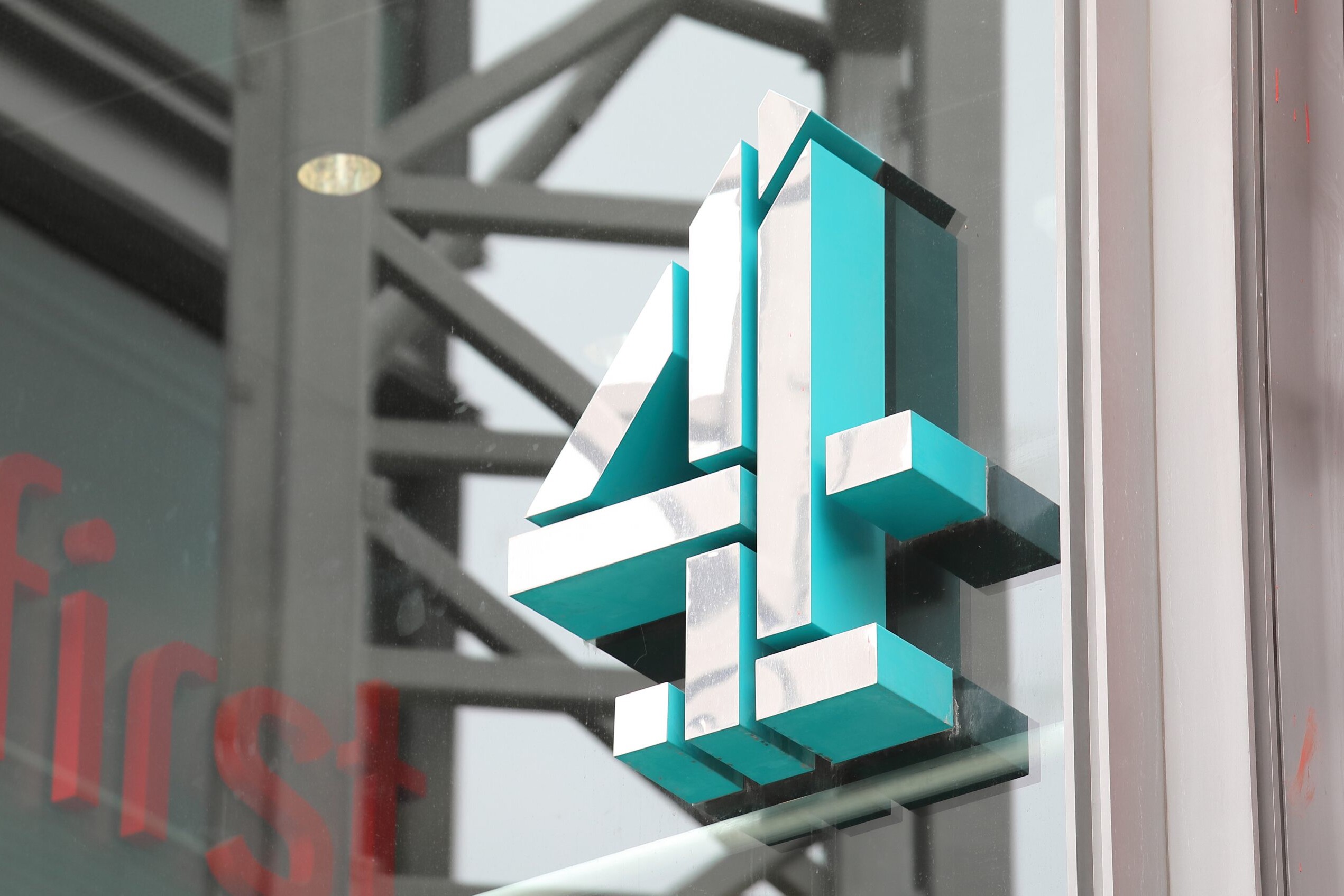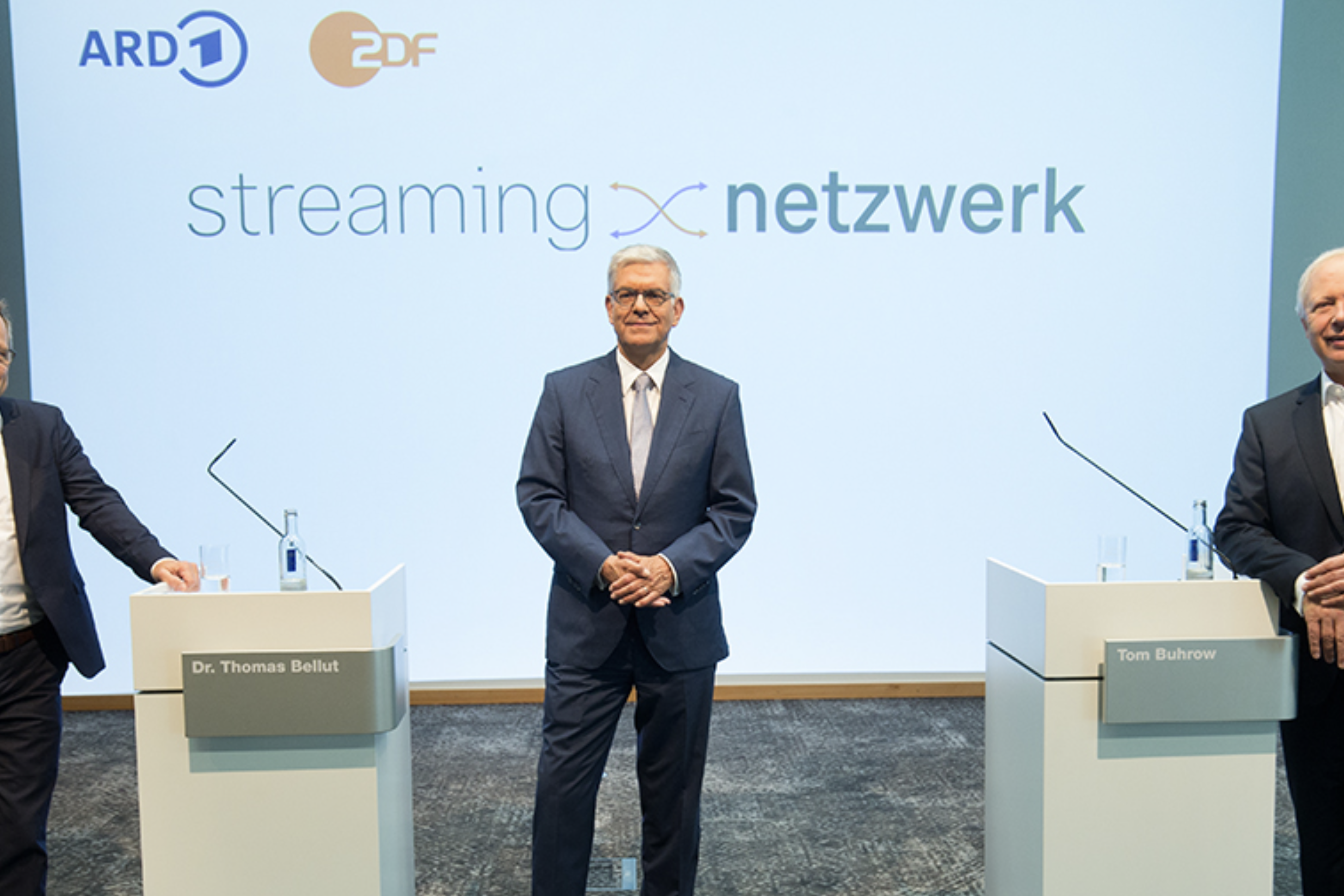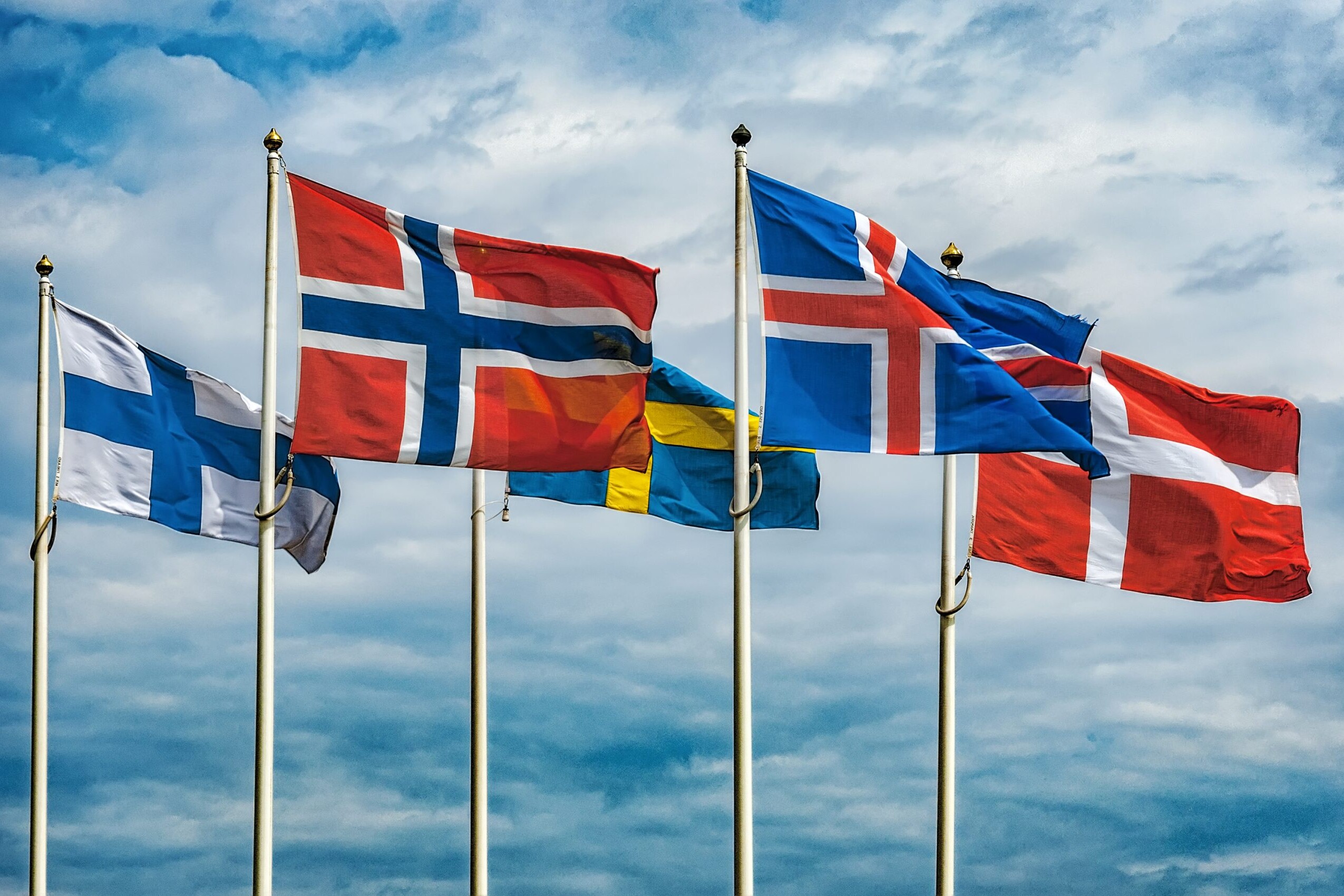From funding and political pressures to journalist safety, public media in Germany faces an array of challenges.
What is the latest on the rejected licence fee increase, and how has this impacted public broadcasters? With the parliamentary elections just around the corner, what plans do public broadcasters have to cover the democratic process, and what pressures are they facing from political parties? And as attacks on journalists continue to grow, how might recently amended laws impact the safety of journalists and press freedom in Germany?
These are just some the questions we address in our latest Focus On PSM:
Funding and political pressures
Since the blocking of the radio licence fee increase by the state parliament of Saxony-Anhalt in December 2020, and the unsuccessful appeal filed by ARD, ZDF and Deutschlandradio with the Federal Constitutional Court, the public broadcasters are now waiting on a judgement as to whether the rejection breaches broadcasting freedoms. Since this is taking place under regular court proceedings, some reports suggest that a verdict isn’t expected until the autumn and that the federal states may have to negotiate a completely new state treaty.
Amid the uncertainty, the broadcasters had to take decisive action. Cost-cutting measures have been implemented to account for the shortfall of not receiving the expected €0.86 licence fee increase in January 2021. This includes wage freezes, which are already causing some concerns for “retaining talent” within public media.
As a result, mutual support has been needed more than ever. ARD recently announced that it would provide financial relief for Radio Bremen and Saarland Broadcasting (SR), ARD’s smallest broadcasters: ‘Instead of the previous 1.6 percent, 1.7 percent of the net revenue from the radio license fee will go to Radio Bremen and Saarland Broadcasting in a transition phase.’
In April, the public broadcasters submitted their financial planning for 2021-2024. ZDF revealed that while the public broadcasters ‘will consistently continue on the path of economical management and examine further cooperation with one another’, since the start of the year they ‘have been in a situation in which public broadcasting is no longer financed according to needs.’ The organisation added that by the licence fee not increasing, ‘it will no longer be possible’ for all broadcasters ‘to avoid effects on the program by 2022 at the latest.’
The debate around the proposed licence fee increase was also played out in the Saxony-Anhalt state election campaign in June. According to a report by Deutschlandfunk, ‘From the point of view of the CDU, public broadcasting must be reformed as a whole – it has become too big and too expensive in recent years…’ Other political parties have plans to reform public media in their election manifestos, including the AfD, which demanded a ‘complete abolition’ of the licence fee, while the FDP has upheld populist attitudes to propose a large reduction of the broadcasting fee and diminish ARD and ZDF’s programming. The Left Party is also seeking an ‘ARD equalisation’ that would set aside more funding for East German programming. Dissatisfaction with public media coverage of East Germany, including from the CDU party, has been an ongoing criticism in recent years, which was outlined in a recent report by the federal government (of which the CDU currently holds the majority of seats) and which may have been a contributing factor to Saxony-Anhalt’s vetoing of the licence fee increase in December.
While the German Federation of Journalists (DJV) supports calls from East German politicians for greater East German representation within ARD programming, it argues that funding cannot simply be shifted from West German to East German stations. As DJV chairman, Frank Überall, highlighted, ‘All ARD broadcasters have too little money’. Rather, ‘A different financial distribution would only be feasible with a higher broadcasting fee.’
These growing funding and political pressures from across the political spectrum to reform public media may also have far-reaching consequences in the outcome of the upcoming parliamentary elections.
2021 Parliamentary elections
In the months leading up to Germany’s parliamentary election on 26 September, public broadcasters have been revealing their new, innovative plans for covering the election period.
ZDF has introduced a series of visually appealing ‘explainer’ videos to help audiences make sense of the figures, attitudes and trends surrounding the elections. Hosted by journalist and YouTuber, Mirko Drotschmann, ‘Politbarometer2go’, was first introduced ten days before the Saxony-Anhalt state election in June, and plans to release ten episodes about the upcoming parliamentary election, covering questions from how representative and accurate polls are, to the background of how surveys are created. ZDF has also launched a new talk show format to discuss key topics related to the parliamentary election. ’13 questions’ was initially online-only but will now be aired weekly on television; the first episode of the eight-part series was aired on the ZDFneo TV programme on 20 June.
Meanwhile, ARD and ZDF are working collaboratively on various debate shows with moderators from each public broadcaster. They will conclude with broadcasting the ‘final round of the top candidates from all parties represented in the Bundestag on Thursday, September 23, 2021’.
Yet despite efforts to improve transparency and provide factual-based election information, the public broadcasters continue to receive criticism about their coverage, which includes an alleged lack of objectivity and biased coverage in favour of the Green party.
Journalists’ safety and media freedom
From “Good” to “Satisfactory”. This is the category that Reporters without Borders (RSF) has moved Germany into for the first time since its World Press Freedom Index was introduced in 2013. Despite ranking 13th – down two places since 2020 – the latest overview of the country is a concerning read, reporting a sharp increase in hostility towards media workers and journalists.
The COVID-19 pandemic appears to have been a contributing factor. Journalists and media workers – including those working for ZDF – have most notably been the targets of multiple physical assaults while reporting on anti-lockdown protests. Alarmingly, DW reported that ‘Insults and attacks are now part of the everyday work of journalists in Germany — at least for those covering anti-lockdown protests… It is no longer unusual for German journalists to be escorted by security personnel when covering major events.’ DW revealed that it, too, has ‘tightened safety measures for colleagues on assignment due to increased aggression by protesters towards reporters.’
Attacks have also originated across borders. According to a Council of Europe alert, in April, Slovenian Prime Minister, Janez Janša, used Twitter to accuse ARD journalist Nikolaus Neumaier of ‘“censorship in the style” of the Nazi propaganda outlet Der Stürmer’. The incident took place following an ARD report by Neumaier covering the growing pressures faced by Slovenian media professionals, including those from Janša.
Such incidents have led to calls for better protections for journalists. Several organisations have proposed a code for media houses, with measures that include designating a specific person in every media house who journalists can turn to when threatened or attacked as well as offering services such as psychological or legal support and training on dealing with hate speech to media workers. A ‘press code’ has also been suggested with guidelines that encourage increased police cooperation. In May, the DJV made a statement calling for more government action, rather than verbal condemnation of attacks on journalists.
But there have been other broader recent setbacks. On 10 June, government approved amendments to a law that will increase the digital surveillance powers of security authorities, enabling them to read encrypted communications during terrorism investigations without informing their targets. Journalists were once exempt from this law, but the recent amendments have now removed these protections, which means that journalists’ devices could also be under government surveillance. Such a move could majorly undermine media freedom if journalists cannot guarantee the anonymity of their sources.
In other news…
- ARD and ZDF have announced that they are developing a joint streaming network for their media libraries. According to ZDF, the public broadcasters have more than 250,000 films, documentaries, comedies and other series combined, with the new network being designed to improve accessibility. In the future, they hope that more public broadcasters will participate in the network. Find out more.
- In April, another collaborative initiative was launched by ARD and ZDF, together with France Télévisions, SRG SSR and European broadcaster, ARTE. They announced plans to make available their media libraries in one joint catalogue. Find out more.
- ARD launched a participatory project earlier this year to find out what the public expect from ARD in the future. A series of live online discussions are taking place from May until November and citizens can submit ideas online. Around 140 people attended the first virtual workshop and 3000 ideas have been submitted so far. Find out more.
- ZDF’s Director General, Thomas Bellut, will be stepping down from the post in March 2022. His replacement will be decided by the TV Council on 2 July. The two candidates are Tina Hassel, Head of ARD’s capital studio in Berlin, and Dr Norbert Himmler, ZDF Programme Director. Find out more.
- According to data from RISJ’s 2021 Digital News Report, ARD News and ZDF News continue to be the widest reaching offline sources. ARD News also has the highest weekly reach online, and ARD Tagesschau and ZDF heute are the most trusted news brands in Germany. Find out more.
Header Image: June 8. 2020: Close up of invoice from german radio and tv broadcast service (GEZ, ARD and ZDF Beitragsservice – focus on center). Credit: Ralf Liebhold/Shutterstock.com
Related Posts
25th June 2021
What the public stand to lose if Channel 4 is privatised
The UK’s public media landscape has…
23rd June 2021
ARD and ZDF are expanding their media libraries into a common streaming network
Press Release: The ARD and ZDF are…
19th June 2021
Irish Media Commission considers alternative funding for public media
The Future of Media Commission is…



